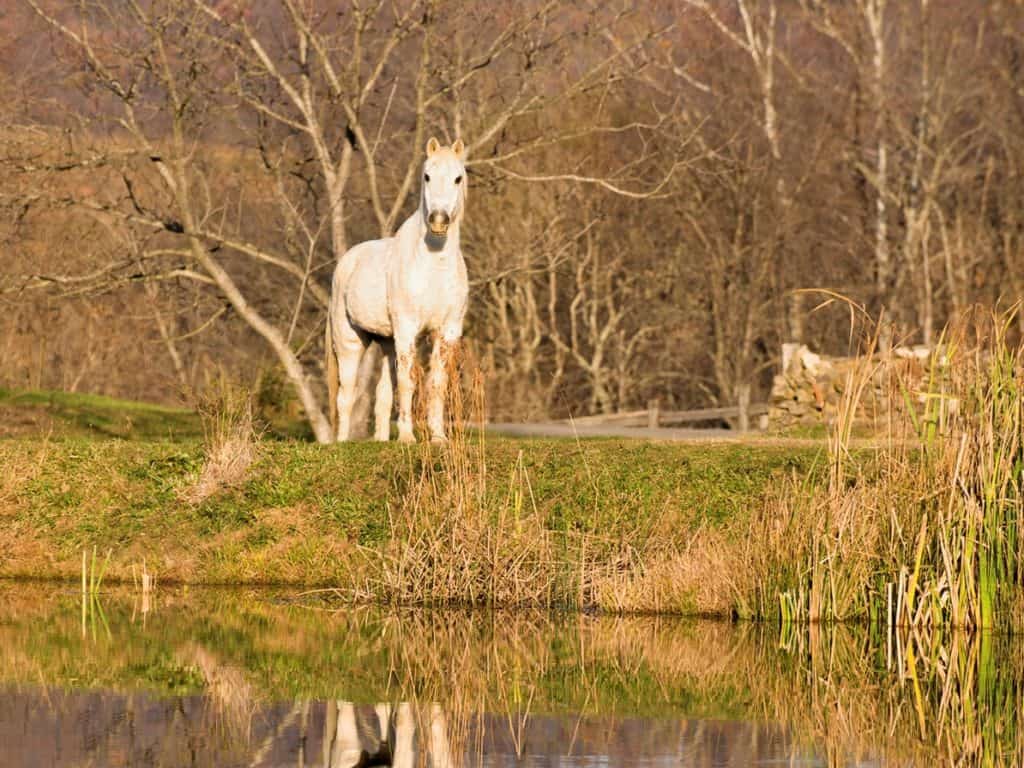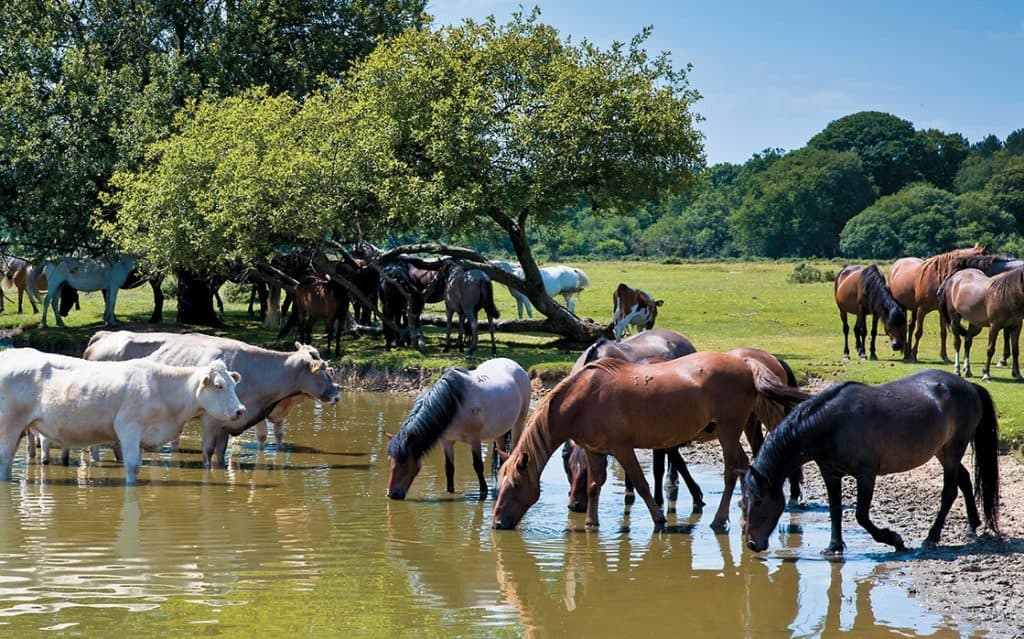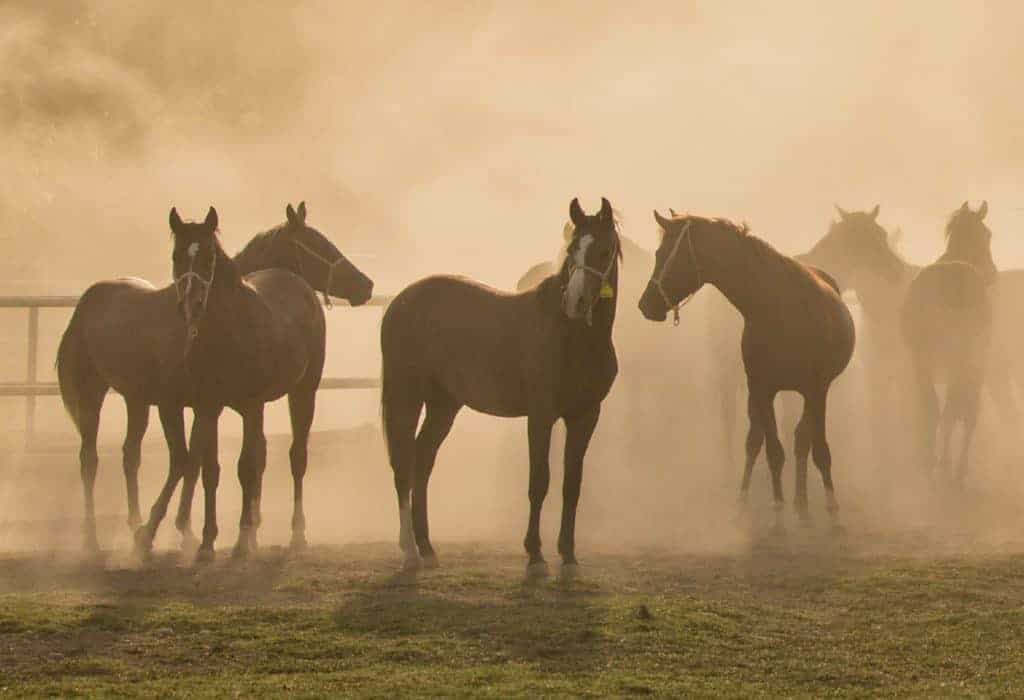AVA Welcomes Hendra Vaccine Recommendations
The Queensland, Australia, parliament has determined that the Hendra vaccine is safe and effective.
The Queensland, Australia, parliament has determined that the Hendra vaccine is safe and effective.

The bacterium that causes this seasonal disease can infect horses from the late spring to fall in temperate areas.
Cultures from both human and horse tested positive for S. equi spp zooepidemicus.

Farriers should practice smart biosecurity to prevent potential equine disease spread among properties.

The same bacterium causes two very different conditions in horses. Dr. Craig Carter explains.

The incidence of Lyme NB appears low, but this could be, in part, due to the lack of a gold-standard ante-mortem test.

Leptospirosis is a serious bacterial disease that causes both recurrent uveitis (“moon blindness”)—especially in Appaloosas, draft horses, and Warmbloods—and abortion in horses. But now there’s a vaccine to prevent it. Is your horse is at risk?

Of the 458 respondents, 158 (34%) said they do not know what leptospirosis is.
The USDA licensed a vaccine for use in pregnant mares to protect against leptospirosis, one cause of abortion in horses.

Arizona reported a WNV case, Michigan confirmed two EEE cases, and West Virginia found WNV and PHF cases.

Biosecurity isn’t just a consideration for show horses. Here are some tips on how to keep breeding stock disease-free.

Learn how rising temperatures and extreme weather events are affecting horse keeping.

Studying diseases across species can benefit horses as well as people.

Fourteen racehorses from Wyoming, along with one from Utah, have tested positive for equine piroplasmosis.

All the positive cases are connected to two locations in Rutherford County and Bedford County.
Boehringer Ingelheim Vetmedica will give $75,000 in five individual $15,000 awards to fund selected studies.
Stay on top of the most recent Horse Health news with
"*" indicates required fields